Empowering Beginners: A Kinesiologist's 5-Minute Core Blast
Written on
Chapter 1: Introduction to Core Training
Embarking on a health journey is a fantastic investment in yourself!
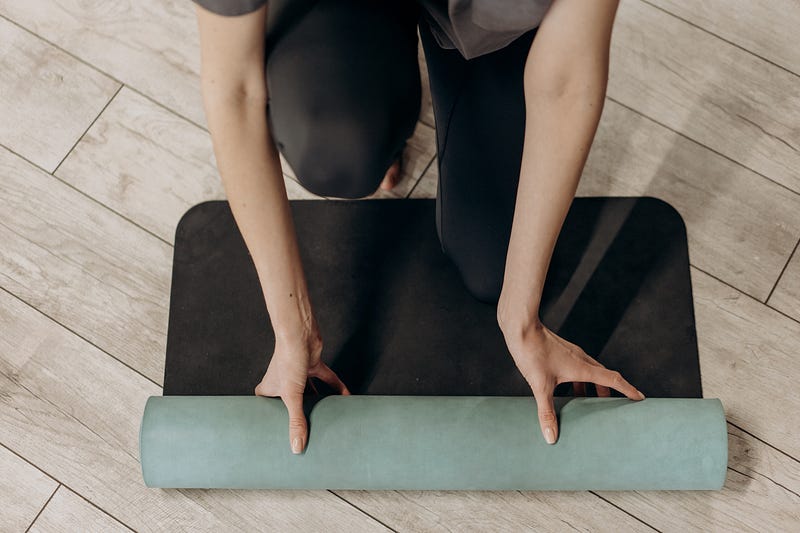
Image from Mikhail Nilov on Pexels
For those stepping into a gym for the first time or exploring home workouts, core exercises can often seem daunting. As a kinesiologist working with a diverse clientele, I’ve observed many individuals shy away from core training due to fears of injury, feeling unfit, or thinking they don't fit the mold of a core workout enthusiast. If any of these feelings resonate with you, don’t worry; there is hope.
Everyone can engage in core training in a way that suits them. The key is to start with the basics and find what aligns with your body and fitness goals. While I've previously covered more advanced routines, I now want to emphasize those taking their first tentative steps into core work, especially anyone recovering from a significant injury and cleared for activity but feeling uncertain about exercising again.
Understanding that moving your body in this way can be intimidating is normal, but you’ve come to the right place! In the following minutes, you’ll discover a straightforward, accessible routine backed by evidence that you can perform anywhere—no equipment needed! This program is designed to help you feel stronger and more self-assured as you embark on the rewarding journey of prioritizing your well-being.
Let’s dive in!
Chapter 2: The Core Routine You’ve Been Seeking
Before we get into the specific exercises, it's essential to acknowledge that beginning any new fitness regimen carries some risks. This routine is crafted for those who may not yet be attuned to their fitness levels. However, individuals with recent injuries or chronic conditions should consult a healthcare provider before starting this program.
If you're ready to begin, I’d like to share a few tips before we jump into the exercises. While it may be tempting to rush through each movement, I advise you to take your time and focus on control. Surprisingly, moving slowly requires greater strength, stability, and functional mobility—exactly what we want to develop!
To summarize my core training advice: listen to your body, breathe deeply, and avoid pushing through pain. Additionally, adjust your expectations; this routine isn't a quick fix for back pain or a shortcut to a six-pack. It may take several weeks or even months before you notice significant changes. If you need to start with just three repetitions and gradually increase, that’s perfectly fine! Be wise, be patient, and trust that consistent effort will yield results over time.
Lastly, remember to keep this journey enjoyable. A priority for my novice clients is finding movements that are engaging enough to encourage long-term adherence. If only a few exercises resonate with you, embrace those and leave the rest behind! A successful core workout should align with your body, aspirations, and interests. I hope this guidance helps you discover what works best for you!
This routine consists of five varied exercises that will take about five minutes to complete. I'm here to clarify any exercises or cues if you have questions, and I can assist you in modifying movements to suit your current situation. Just leave a comment below, and I’ll respond promptly! Now, let’s jump right into the routine.
- Glute Bridge with Posterior Tilt
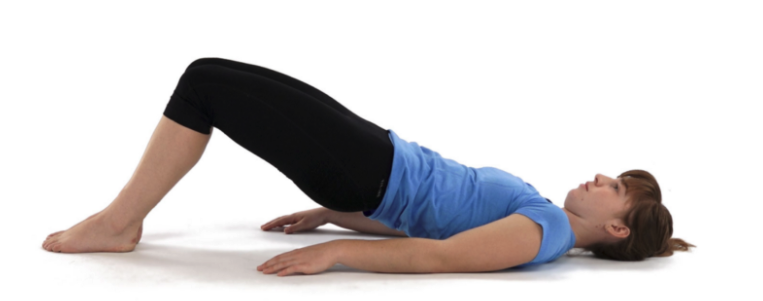
Image from Physiotec
Application: 12–15 reps (or 2 x 6–8 reps)
Cues: Lie on your back with your knees bent at a 90-degree angle. Relax your arms by your sides and keep your neck flat on the floor. Before lifting, tuck your pelvis under to position your hips correctly. Press through your heels and engage your glutes until your hips are fully extended. Hold for 1–2 seconds, then lower back down. Use your breath to enhance your movements, exhaling as you lift. If you feel too much strain in your hamstrings, try moving your heels closer to your body.
- Alternating Leg Raises
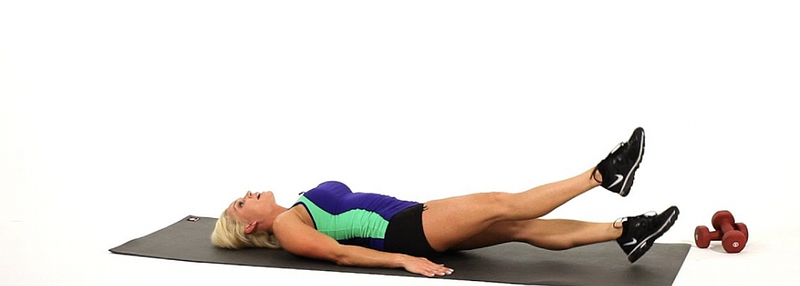
Image from Howcast
Application: 8–10 reps/side (or 2 x 4–5 reps/side)
Cues: This exercise strengthens your core and hip flexors. Lie on your back and brace your core. Raise one leg to a comfortable height without pain, then lower it. Just before your foot touches the ground, raise the opposite leg to further challenge your core. Remember to breathe, and each repetition should take about 3–4 seconds as you focus on control.
- Deadbug Press
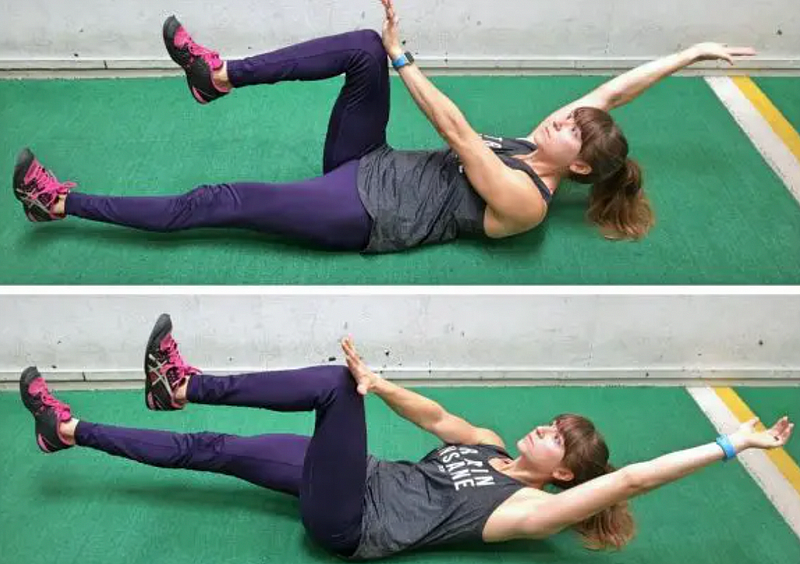
Image from redefiningstrength.com
Application: 8–10 reps/side (or 2 x 4–5 reps/side)
Cues: Start in the classic dead bug position. Reach one hand to the opposite knee while keeping your legs steady. Press down on the knee as you engage your quads and hip flexors. Extend the opposite arm and leg, holding for 2–3 seconds before returning to the start. Switch sides and repeat. This exercise can be challenging, but you control the pressure, making it accessible for most fitness levels. If coordination is difficult, practice moving just the arms or legs first.
- Quadruped Forearm Hip Extension
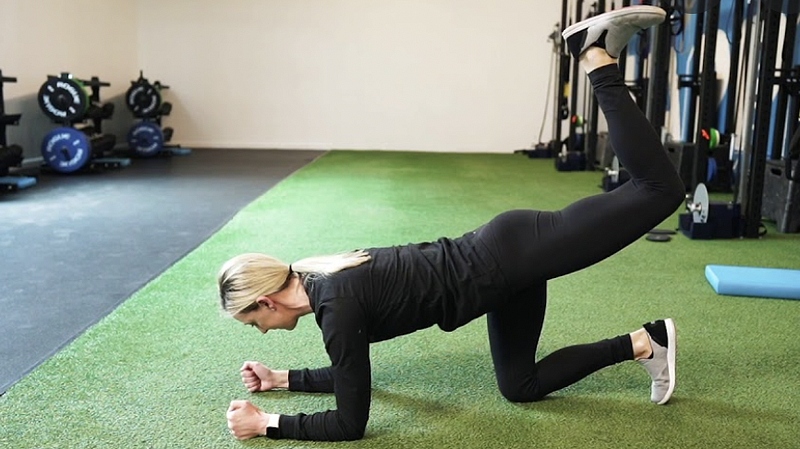
Image from AchieveFitnessBoston
Application: 8–10 reps/side (or 2 x 5 reps/side)
Cues: Begin in a quadruped position with your forearms on the ground. Extend one leg back while maintaining a flat back and engaged core. Go as far back as you can without compromising form. Complete 8–10 controlled repetitions, then switch sides. If possible, hold the extended position for 2 seconds on each rep.
- Knee Side Plank

Image from leap fitness
Application: 30 seconds/side (or 3 x 10s, 2 x 15s)
Cues: Lie on your side with your knees bent at a 90-degree angle. Prop yourself up on your knee and elbow, forming a straight line with your body. Maintain controlled breathing, engage your glutes, and activate your core while holding this position.
Want more routines like this? Explore my extensive library of workouts on my website—there's something for everyone!
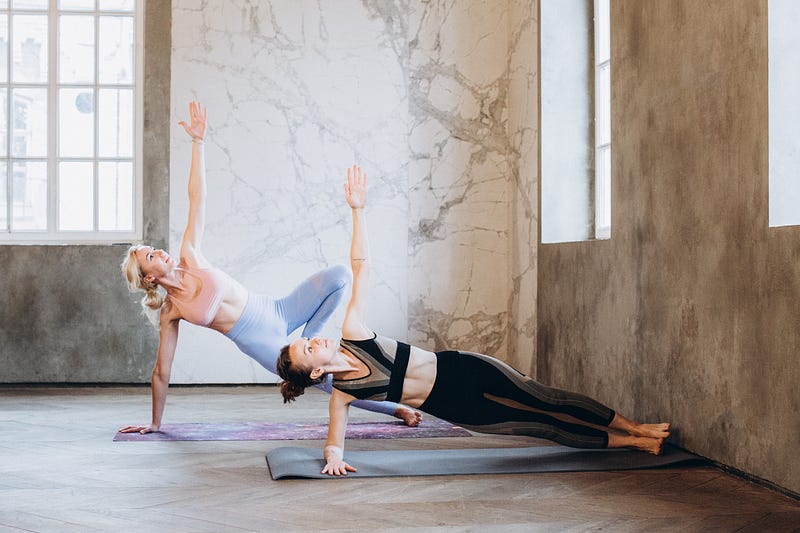
Image from Elina Fairytale on Pexels
Chapter 3: Conclusion
Core training may appear intimidating for beginners, but it doesn’t have to remain an unattainable goal. By focusing on the fundamentals, listening to your body, and committing to consistency, you can achieve results beyond your expectations. I’ve witnessed many novices limit their fitness potential only to break free when they find the right routine and uncover their inherent strength.
Are you ready to embrace your full potential and make strides in your health?
You’ve got this!
-David Liira, Kinesiologist
Chapter 4: Additional Resources
The first video titled "5 MIN AB BLAST - a quick & intense core workout" offers a dynamic routine to kickstart your core training journey.
The second video "5-Minute Ab Workout for Beginners (No Equipment, No Repeats)" provides an easy-to-follow, equipment-free session perfect for beginners.